Mesosaur Skeleton Plaque measures 13X8 inches. Mesosaur Skeleton Plaque is Museum quality Polyurethane resins made in USA. Small fresh water reptile of Permian Africa and South America. Irati Formation, Sao Mateus delSol, Brazil.
Stereosternum tumidum (meaning “rigid chest”) (Stereos, Greek: “solid, firm”; Sternon, Greek: “chest, breastbone”) is an extinct genus of mesosaur marine reptile from the Early Permian of Brazil and also the Great Karoo Basin of South Africa.
Mesosaur or Mesosaur tenuidens was about 2.6 ft. in length as an adult, and some of the juveniles to get to sizes of 2.23 ft in length. Many of the ribs and the Haemal arches are thickened with bone or have a pachyostotic characteristic, which would have helped the reptile to be able to dive deep in the water as a counteracting force against buoyancy.
Another characteristic of Mesosaur or Mesosaur tenuidens is the length of the tail and the amount of caudal vertebrae. As counted by Osborn, there are about 60-64 caudal vertebrae, which is very predictable for an aquatic predator and these adaptations helped individuals to push and swim gracefully in the water. There are also about 34 presacral vertebrae, with 11 cervical and 23 thoracic-lumbar vertebrae.
The presence of accessory articulations, like the zygantra and the zygosphenes, are there to supposedly to have dampened the twisting movements of the vertebral column. On the axial pleurocentrum, there is a process that is distinctly analogous to the odontoid structure found in mammals.
This probably correlates with the presence of a long skull on a long neck that is found with Mesosaur or Mesosaur tenuidens and this process could have helped to minimize the stresses and movement between the skull and the neck.
Many of the modifications of the bones within the skull seem to reduce drag and helped propel the Mesosaur or Mesosaur tenuidens through an aqueous environment while swimming and feeding.
Shop More Museum Quality Reptile Skulls in Reptile Skull Store

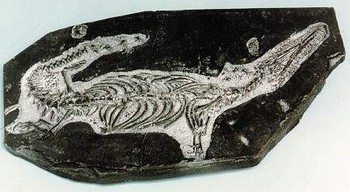
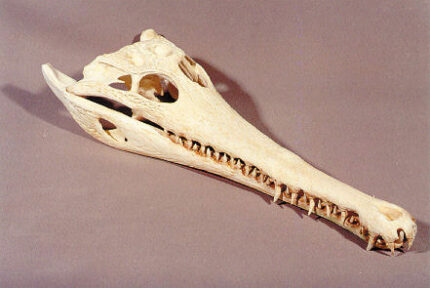
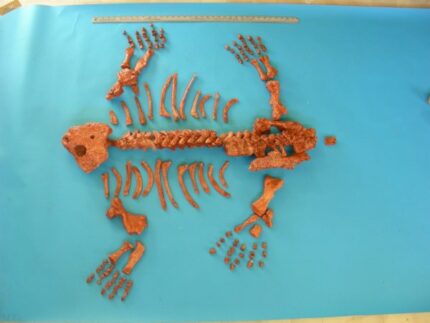



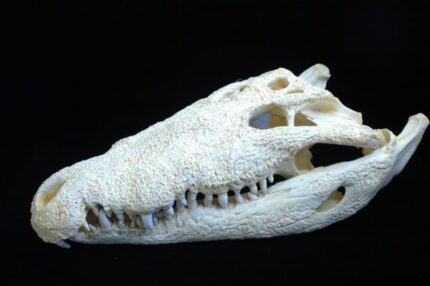
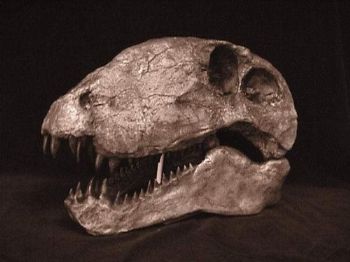
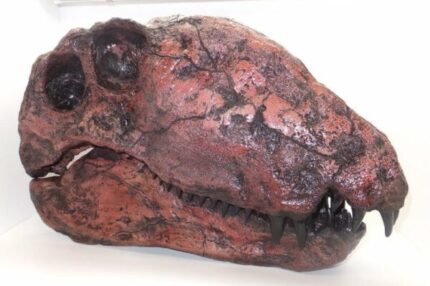
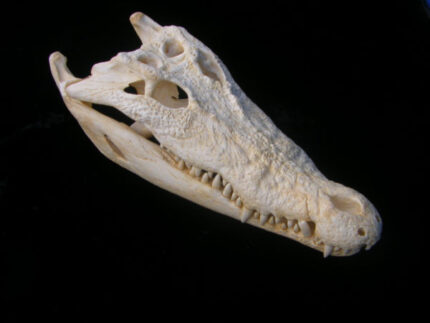
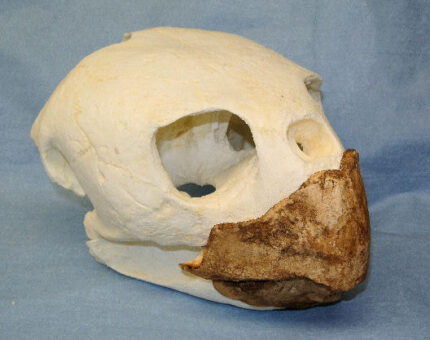
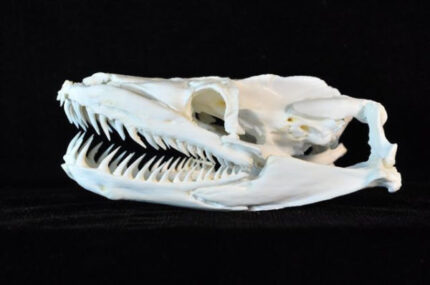

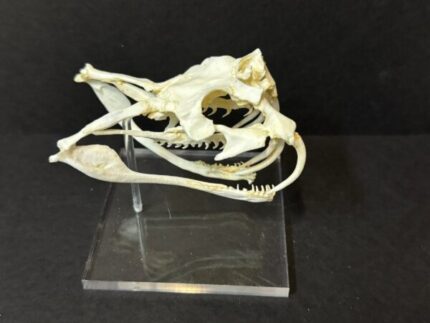

Reviews
There are no reviews yet.